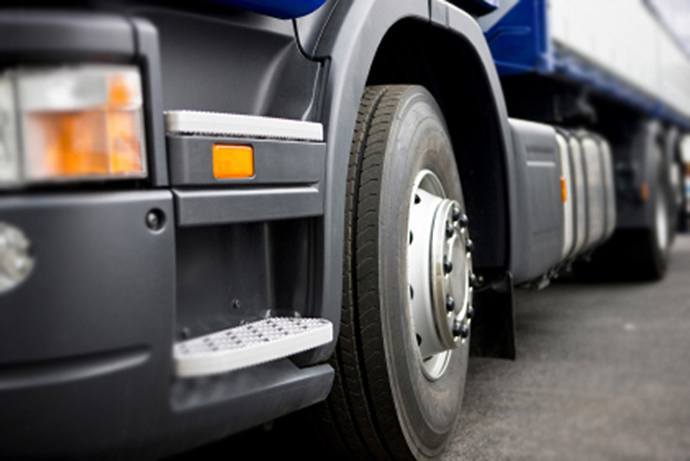
A platoon of autonomous HGVs thundering along the motorway is enough to strike fear into the the most experienced of motorists, but lorry manufacturer Daimler has already tested the idea on public roads.
Like a scene from the 1971 Spielberg horror flick Duel, which sees a motorist stalked on a remote road by a mysterious heavy goods vehicle, drivers between Stuttgart to Rotterdam this week will have witnessed a convoy of three autonomous Mercedes-Benz trucks.
Vehicle-to-vehicle networking allows electronic docking by vehicles on motorways, an automated process known as platooning. Connected vehicles in a platoon require a distance of only 15 instead of 50 metres between them. Motorists familiar with the tailgating habits HGVs on British motorways may be surprised to learn that the technology is not yet in use here. However, while a human behind the wheel has a reaction time of 1.4 seconds, the platooning technology transmits braking signals to the vehicles behind in less than one tenth of a second. This considerably reduced reaction time reduces the risk of rear-end collisions.
A platoon of three lorries can achieve a fuel and emission savings of up to ten per cent.
If you find the proximity of HGVs disconcerting when you use motorways, imagine their effect on vulnerable road users in urban areas.

Following their involvement in a disproportionately high number of cyclist deaths, HGVs without safety equipment to protect vulnerable road users are now banned throughout Greater London from today under Britain’s first “Safer Lorry Scheme”.
Vehicles of more than 3.5 tons entering London must now be fitted with side guards to protect cyclists from being dragged under the wheels in the event of a collision. They must also be fitted with Class V and Class VI mirrors to give the driver a better view of vulnerable road users. The fine for each breach of the ban is £1000. Repeat offenders are to be referred to the Traffic Commissioner responsible for the licensing and regulation of HGV operators.
Many argue that safety equipment does not go far enough. Forty per cent of cycling deaths involving lorries occur in the morning rush hour. A ban on all lorries over 7.5 tons between 8 and 9.30 am would prevent the majority of people who cycle to work from having to share space with lorries. Some cities such as Paris and Dublin have restrictions on large lorries at particular times, but these bans do not cover the size of lorry typically involved in cyclist injuries. HGVs serving the building trade, such as skip lorries, pose the biggest risk to cyclists in London.
Environmentally friendly cycle insurance
On the face of it, one cycle insurance policy is much like another, but the devil is the detail. How much excess you will be charged is just one of the things that varies wildly between providers. Another is so called ‘new-for-old’ replacement – many insurers use this term, but if your bicycle is more than a few years old, devalue it severely. This means you are left out of pocket when you come to replace it. Read our insider guide to cycle insurance.
Furthermore, every cycle insurance policy you buy from us helps support the work of the ETA Trust, our charity campaigning for a cleaner, safer transport future; just one of the reasons The Good Shopping Guide voted us Britain’s most ethical insurance company 2015.
0 Comments View now